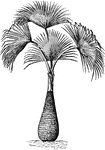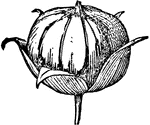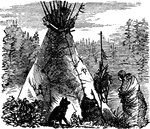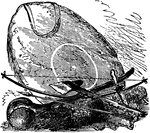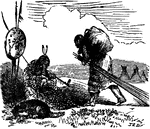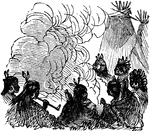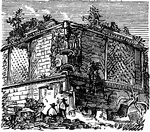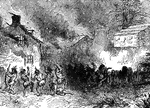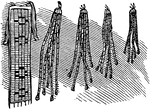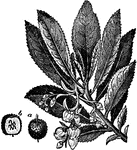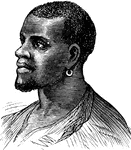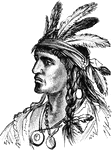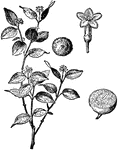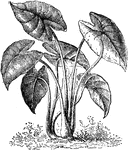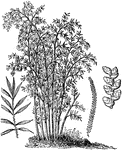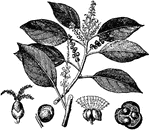
Dielytra
"A genus of plants of the natural order Fumariaceae, in appearance and habit much resembling fumitories…
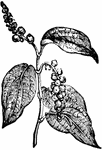
Black Pepper
"A genus of order Piperaceae. The Piper nigrum, which furnishes the black pepper of commerse, is a native…

Ipecacuanha Plant
"The root used in medicine under this name is obtained from Cephaelis Ipecacuanha, A. Rich, a small…
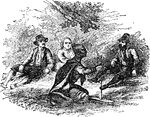
Native American Teachers
"Indian explaining the method of kindling a fire by the friction of two pieces of wood." —Wells,…

Rudd
A fish with a red eye. Sometimes refered to as a pest in parts of the world because of its impact on…
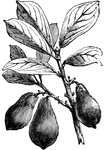
Avocado
A tree native to Central America and Mexico. Ranges from 1 to 2 pounds in weights and is mostly purple…
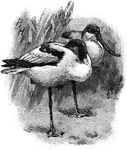
Avocet
A wader bird native to warm and hot climates. Commonly 15 to 18 inches tall and has a chestnut color…

Aye-Aye
A lemurine quadruped native to Madagascar. Has an elongated middle finger used to dig grub out of trees.
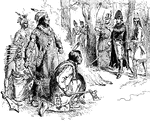
Harrison's Council with Tecumseh
William Henry Harrison's council with Tecumseh, at Vincennes in 1810. William Harrison was the governor…

William Henry Harrison
Harrison preparing for battle on November 7th, 1811 with the Native Americans

Horseshoe Bend
William Weatherford, "Red Eagle," surrenders to Andrew Jackson at the end of the Creek Indian War of…

Trillium
Trillium is a genus of about 40-50 species of perennial herbaceous flowering plants, native to temperate…
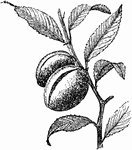
Almond
A tree with pinkish blossoms whose fruit is very fiborous. It is native to Asia and Africa but is grown…

Picture Writing
An example of Native American picture writing. One interpretation: "The chiefs Black Wolf, Raven, Fast…
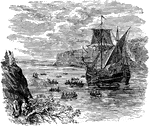
Hudson's Exploration
An illustration showing Henry Hudson's ship exploring the river which now bears his name.

Death of King Phillip
An illustration of the death of King Phillip at the hands of another Native American.

Marquis de Lafayette
The Marquis de Lafayette, a French citizen who fought on the side of the Americans during the American…

Pine Tree
Pines are native to most of the Northern Hemisphere. In North America, they range from Arctic south…
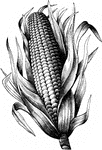
Maize
A native of America, is extensively cultivated from the southern part of Chili to high latitudes in…
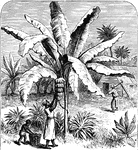
Banana
Thought to be native to Southern Asia. They are extensively cultivated throughout the tropical zones,…
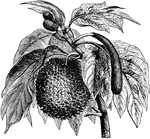
Bread Fruit
Bread-Fruit is the pulpy fruit of a tree which grows only in the tropics. The tree yields fruit during…

Sugar Cane
Sugar Cane is probably a native to India, but is now extensively cultivated throughout the tropical…

Coffee
Coffee is the berry of a tree found native in Abyssinia. The tree attains a height of 15 to 20 feet,…

Charles Jean Marie Barbaroux
One of the greatest of the Girondists, was born at Marseilles, March 6, 1767. At first an advocate and…

Bias
Bias, one of the seven sages of Greece; a native of Priene, an Ionia; celebrated for his practical knowledge…
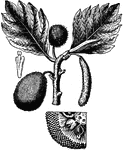
Breadfruit
Breadfruit is a tree and fruit native to the East Indian Ocean and Western Pacific Ocean Islands.
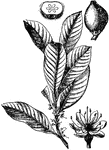
Gutta Percha
A tropical tree native to southeast Asia and northern Australasia, from Taiwan south to Malaya and east…
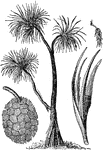
Screw Pine
Also known as Pandanus and is native to the Old World tropics and western Pacific Ocean islands.
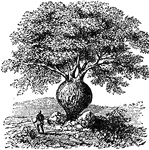
Bottle Tree
The Queensland Bottle Tree originally classified in the family Sterculiaceae, native to Queensland,…

Rice
Rice is a species of grass native to tropical and subtropical southern and southeastern Asia and Africa.…

Kauri Pine
A coniferous tree native to the northern districts of the North Island of New Zealand and is the bigest…

Sea lavender
"Sea lavender (statice limonium) is a native British plant, being fairly common in certain…
